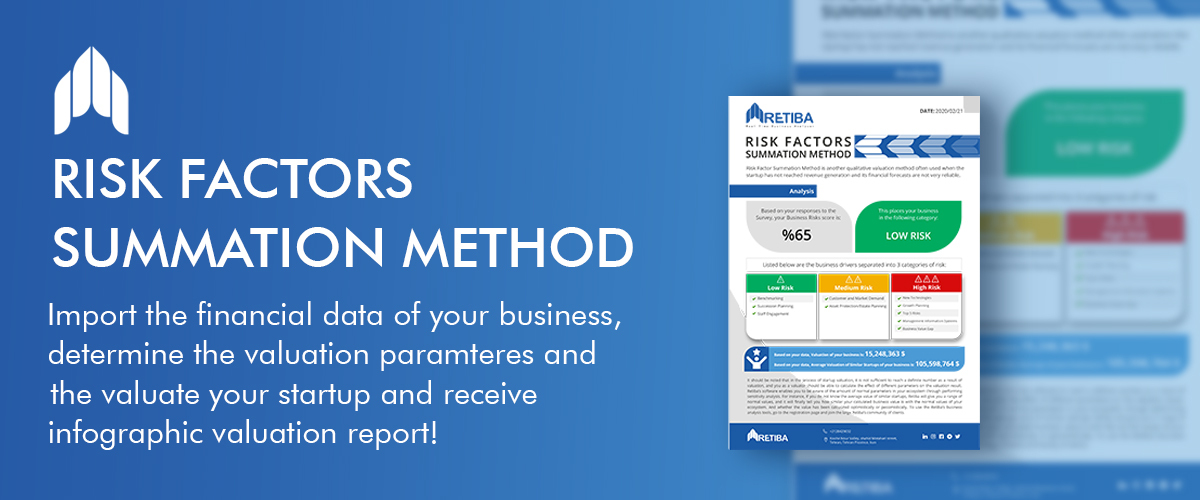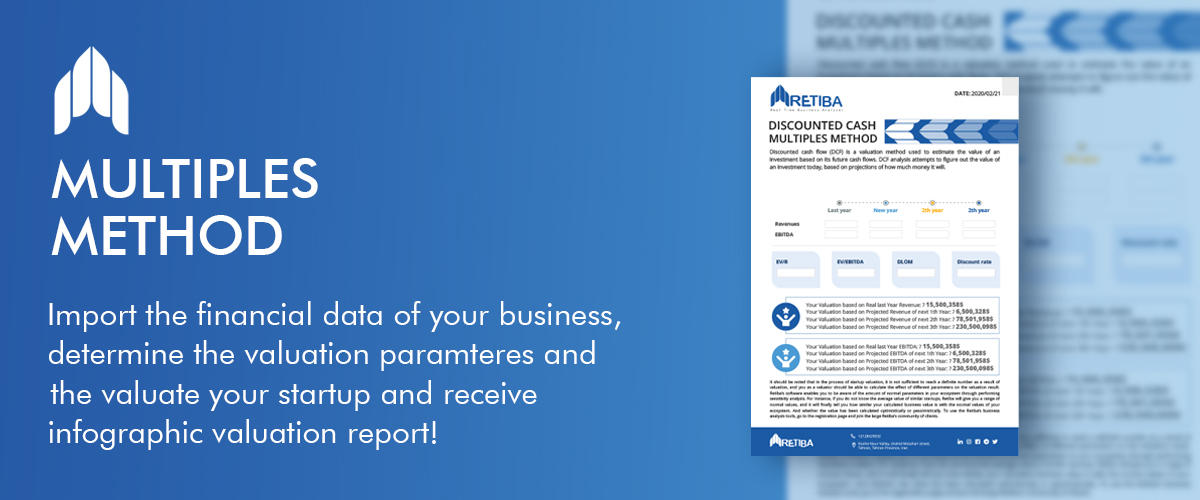With the increasing number of smart phones and the Internet penetration, it is possible to order food from a wide range of restaurants online. In recent years, ready-made meals and fast foods provide a larger share of household food with the change in lifestyle. It is clear that restaurants need an efficient and fast delivery system so that they are able to offer high speed delivery in addition to reducing restaurant costs.
Table of Contents
Market / Industry segment of online food delivery

| Base Year | Market size(B$) | Duration(YEAR) | CAGR(%) | Source Name |
| 2018 | 84.6 | 6 | 11.4 | Research and market |
| 2018 | 53.57 | 5 | 16.46% | PR news wire |
| 2018 | 23.539 | 9 | 17.40% | Globe news wire |
| 2018 | 23.53 | 7 | 15.40% | MenaFN |
| 2017 | 65.91 | 6 | 16% | Adorit market research |

Influencing factors that changes market size of online food delivery
The size of the market value changes under the influence of many factors; the increase and decrease in the rate of these influential factors leads to changes in the value of the market size, which is provided by direct and reverse drivers in the market of online food delivery
Direct drivers:
- Increasing the number of takeaway services
- Inefficiency of traditional food delivery system
Reverse drivers:
- High costs of food delivery for restaurants
- Low-quality food delivery

Your startup has crossed Death Valley, and it has had at least 2 funding rounds? Discounted Cash Flows (DCF)
Your startup has had at least one funding round, you are advised to use Multiples method for valuation.
Your startup is at pre-seed and seed funding rounds, you are advised to use the Score Cards Method, Risk Factors Summation method to value your startup.
This market may also be threatened by following risks:
In all different markets and industries, risk is always one of the factors that business founders should be sufficiently aware of. The first step is risk assessment is identification of risks in the market in order to perform risk management. The market of online food delivery may also be threatened by following risks:
- Technology risk
- Reputation risk
- Competition risk
- Sales and marketing risk









